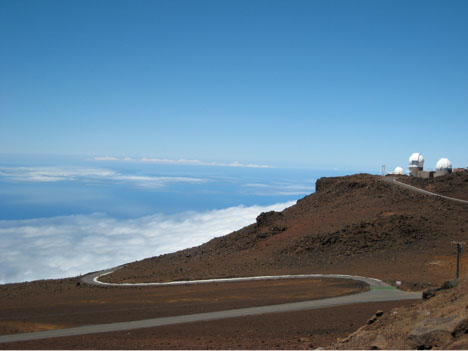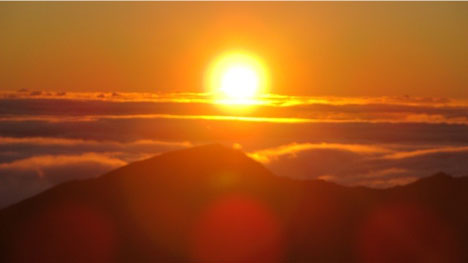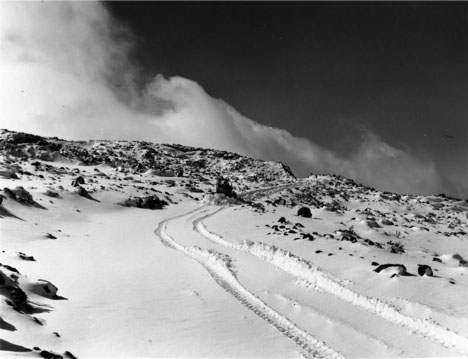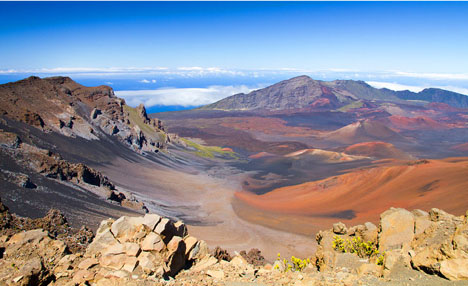Five Facts You Must Know Before Visiting Haleakala
Haleakala is located on the southern section of Maui and showcases one of the most incredible volcanic craters in the world. The immense volcanic shield forms about seventy-five percent of Maui and the other twenty-five percent is formed by another Maui volcano known as the West Maui Mountains. Haleakala is part of the nine national parks in Hawaii and offers one of the most spectacular sunrise views in the world. If you are not yet convinced to visit Haleakala, here are five other facts that make Haleakala a must-visit when you are on Maui:
#1 Hawaii’s First Observatory

The Haleakala High Altitude Observatory Site is located above one-third of the Earth’s atmosphere
On the summit of Haleakala lies Hawaii’s first astronomical observatory. The Haleakala High Altitude Observatory Site is located above one-third of the Earth’s atmosphere and is one of the most important observatories in the world. Haleakala’s clear skies, limited light pollution, and still air allow telescopes to provide remarkable seeing conditions. Several Haleakala observatories include the Mees Solar Observatory and the Maui Space Surveillance Site. The Mees Solar Observatory studies solar flares and their effects on the energy flow and radiation to Earth. The Maui Space Surveillance Site, on the other hand, identifies and tracks all man-made objects in space.
#2 Haleakala Silversword Plants

The silvery hairs of the Haleakala silverswords allow it to survive extreme weather conditions. Image Source
Located in the alpine regions of Haleakala, an endangered plant called ‘ahinahina or Haleakala silversword grows. The plant is part of the sunflower family and evokes a subtle beauty. The silvery hairs of the Haleakala silverswords allow it to survive extreme weather conditions, and can live up to over 90 years. However, the Haleakala silverswords are extremely sensitive to the touch of human beings that even the oil coming from human skin may destroy the fine hairs of the plant protecting it from light damage and radiation – resulting in immediate death.
#3 Haleakala means “House of the Sun”

The name Haleakala is inspired by the legend of the demigod Maui.
The name Haleakala, which means “House of the Sun,” is inspired by the legend of the demigod Maui, who imprisoned the sun to lengthen the day. Maui had to restrain the sun because the days were so short that his mother can never dry her kapa or bark cloth. So Maui ventured on top of the mountain to lasso the sun with his sister’s hair. Pleading for his life, the sun promised days in the summer will be long and the days in the summer will be short.
#4 It Snows on Top of Haleakala

Hawaiian snowfall also graces Haleakala’s summit in the winter months.
The weather in Haleakala becomes more unpredictable in the higher elevation areas. The year-round Haleakala temperature can range from below freezing to 10-18°C. A common characteristic is the closer you are to Haleakala’s summit, the temperatures and wind speeds get much colder. Rare Hawaiian snowfall also graces Haleakala’s summit in the winter months. It is always best to prepare for changing weather conditions when visiting Haleakala, as warm sunshine can instantly become an area of clouds and rain.
#5 Haleakala is Taller than Mount Everest

Haleakala is approximately 30,000 feet tall and taller than Mount Everest by about 675 feet.
While it is commonly accepted that Mount Everest is the world’s tallest Mountain, two of Hawaii’s Mountains are actually taller if you measure from the base of the seafloor to the summit. One of these mountains is Maui’s Haleakala. Haleakala is approximately 30,000 feet tall and taller than Mount Everest by about 675 feet when you consider the 19,680 feet concealed under the Pacific ocean. Luckily, reaching the summit of Haleakala is much easier than reaching the summit of Mount Everest. Visitors can either drive up or join an organized tour group to reach Haleakala’s summit.
